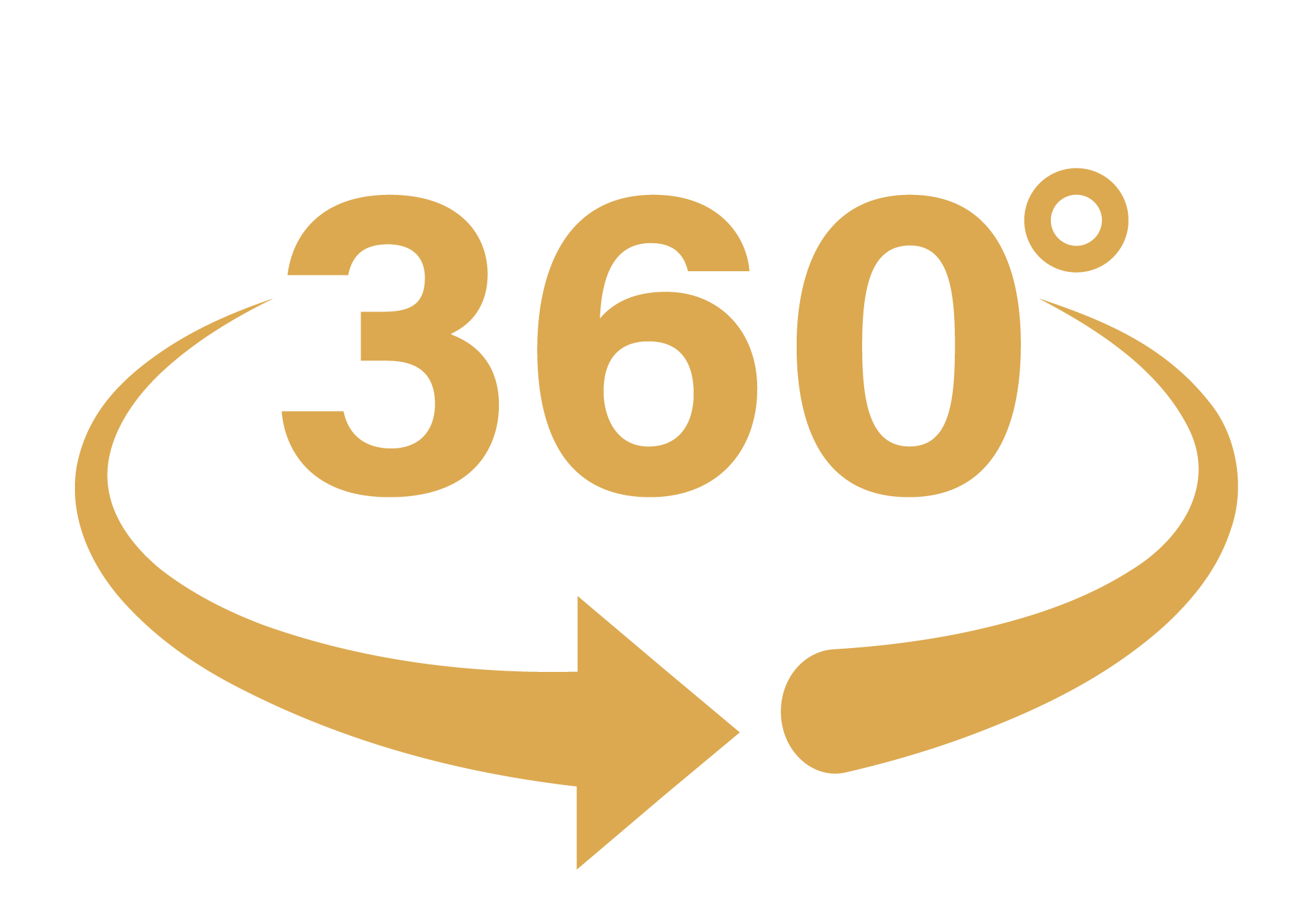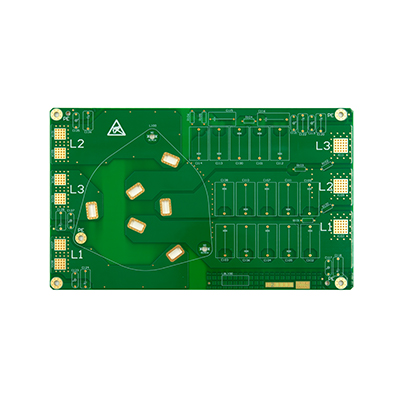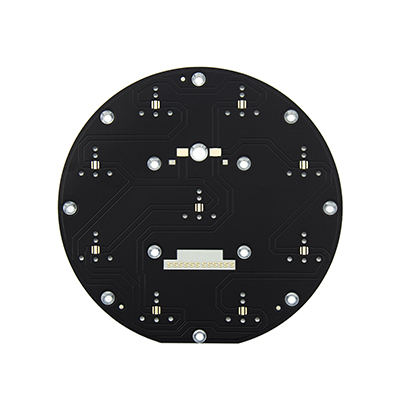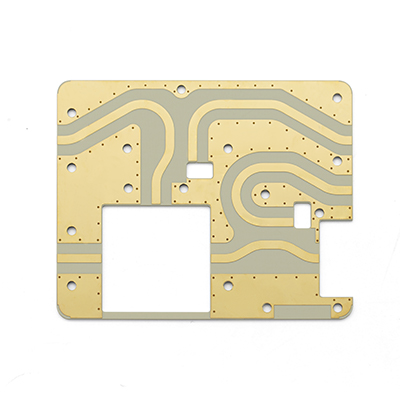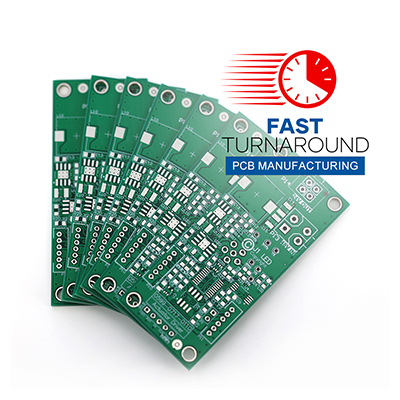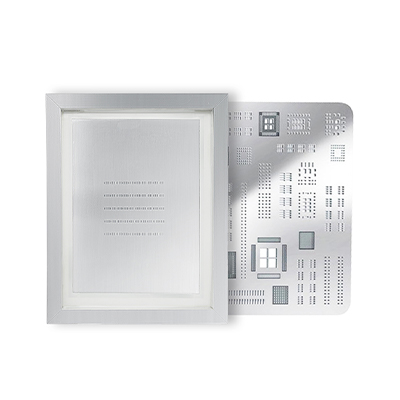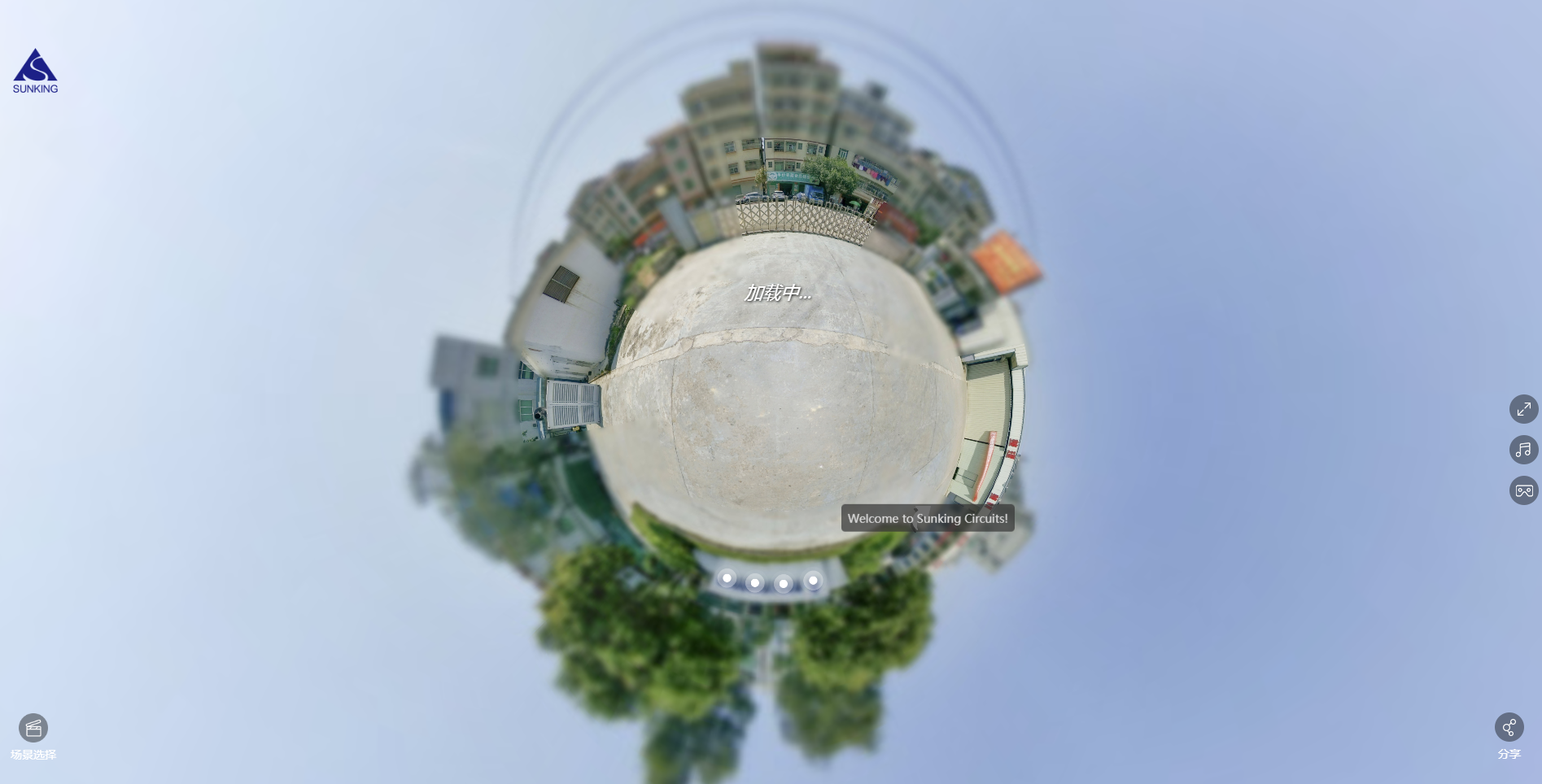Our PCB Quality Control and Inspection
“
Quality standards are essential elements of the printed circuit board (PCB) manufacturing. In industrial manufacturing, PCBs are often produced in high volumes. Therefore, any default in the production process would affect the effective functioning of the hundreds or thousands of final products. Besides, when customers make orders, they expect to receive quality and reliable PCB products. To ensure that our customers are satisfied with our products and services’ quality, we have a Quality Management System that is compatible with the IPC standards.
”
SUNKING Quality Standards
Our Inspection Steps During Production
Step 1: Front-end Manufacturing
Front-end manufacturing is the first production inspection step that ensures that the data we use to design your board is correct.Step 2: Fabrication Tests
SUNKING conducts three fabrication tests, namely: visual, non-destructive measurements, and destructive tests. We leverage destructive tests to check our fabrication processes. We implement them on actual boards or on the test coupons...Step 3: Passport
The outcomes of the quality standard checks are briefed for every job in its Passport, which bears data on the materials used, measurements, and approved tests.Step 4: Traceability
If you require more information on a job, we provide full traceability of the entire production process. We use a data-matrix to check the base materials against customer order details. We then enter the material information into the project account.Step 5: Printing and etching internal layers
This step comprises three checks. We carry out the first check after printing and stripping to strip away the unwanted etch resist. Then, we conduct the second inspection after etching to ensure that all the undesired copper has been etched away. Lastly, we conduct the third check to stripe all the etch resist from the PCB at the end of the process.Step 6: Inspecting the Internal Layer Copper Patterns
We apply the Automatic Optical Inspection machine to examine the internal layer copper patterns and confirm whether they align with the design information. The equipment ensures that each track width and isolation distance conforms to the design values. Additionally, it also ensures there are no short or open circuits that may make the final product flop.Step 7: Multilayer Bonding
We use a data matrix to check the materials against the order information. Additionally, we take the thickness-after bonding measurements of every production panel and enter them into the Passport.Step 8: Drilling
Our drilling equipment automatically checks drill diameters to ensure the holes have the correct measurements. Besides, we use a special test coupon on multilayer PCBs to check the position of the holes relative to the internal layers.Step 9: Copper and Tin Plating
This is a non-destructive sample check. We take the copper thickness measurements at five or more points on every panel of a light bar.Step 10: Outer Layer Etching
We carry out visual checks to etch away all the unwanted copper. Additionally, we do sample checks in this step. Every production panel contains its test coupon that shows that the PCB has been appropriately etched and that the track measurements are correct.
Our Quality Inspection
Process for Sourced Components
Guided by IPC Standards
To help PCB designers, manufacturers, and the end-users have a common interest, the Association Connecting Electronics Industries (IPC) was instituted. Established in 1957, IPC standards are meant to standardize the PCB manufacturing and assembly requirements. Through the application of IPC standards, SUNKING designs reliable boards that function even in adverse conditions, condense our marketing time, and instill confidence in our final products when applied in various industries.
But does the use of quality standards matter? Absolutely. Let us assume you created boards without recognized standards:
You would not always obtain a board that satisfies your requirements.
You would experience the danger of multiple interpretations of the same concept.
You would be unable to achieve the right quality level.
You would be unable to compare ‘like for like products or manufacturers.
Your projected marketing time would be a gamble instead of relying on good factory selection and design.

